 Role plays and writing activities project students into real-life situations to explore the history and contemporary reality of employment (and unemployment) in the United States.
Role plays and writing activities project students into real-life situations to explore the history and contemporary reality of employment (and unemployment) in the United States.
Complete with handouts and case-studies, this curriculum introduces students to key groups, events, and issues such as the Homestead Strike, the Union Maids, the Southern Tenant Farmers Union, “scientific management,” and the impact of racism on labor.
“This is a workbook in the best sense. Its approach is original, exhilarating, and, most important, practical. That most neglected of all subjects in U.S. schools — the visions and lives of working people — is faced head-on in this book. A must for all people who earn their daily bread.” —Studs Terkel
“Most school teachers are drowned in paper, but here is one book I want to recommend to them. It is a way of getting American teenagers not just interested, but excited and passionate about their history — modern American labor history.” —Pete Seeger
“Everywhere I go I recommend this unique book. You want to learn more about labor history than just dates and famous people? Read and use this book. At long last, a book as exciting as labor’s struggle itself.” —Julia Reichert, filmmaker
“. . . one of the best social studies curricula ever produced.” —Fred Glass, California Federation of Teachers
ISBN: 9780853457534 | Monthly Review Press
The Power In Our Hands — Available for Download
Opening
Unit I: Basic Understandings
Unit II: Changes in the Workplace/”Scientific Management”
- Paper Airplane Simulation
- Free to Think, Talk, Listen, or Sing
- Modern Times
- “Taylorizing” Burgers: A Fantasy
Unit III: Defeats, Victories, Challenges
Unit IV: Our Own Recent Past
- It’s a Mystery — White Workers Against Black Workers
- Southern Tenant Farmers’ Union: Black and White Unite?
- 1934 West Coast Longshore Strike
- Union Maids

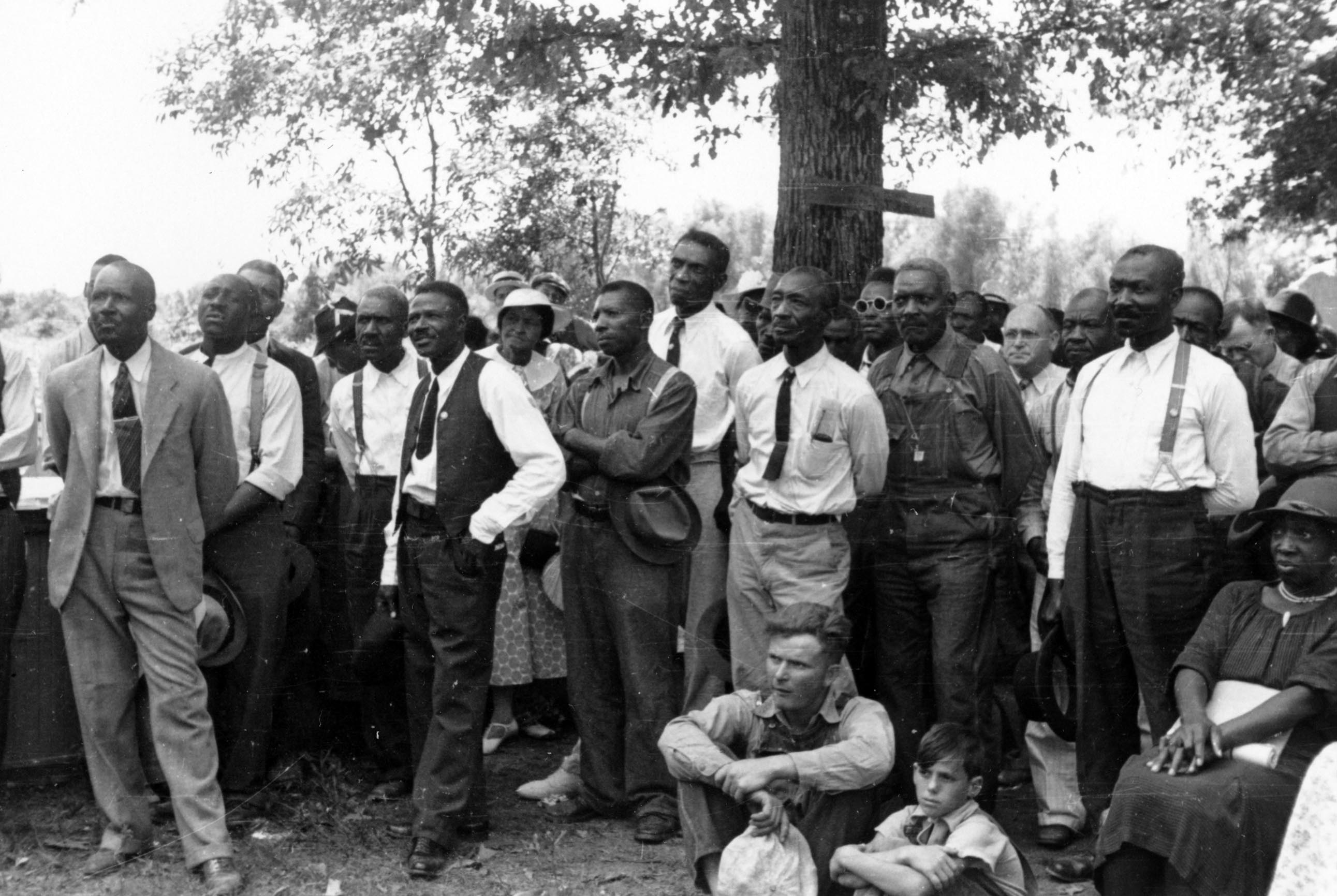
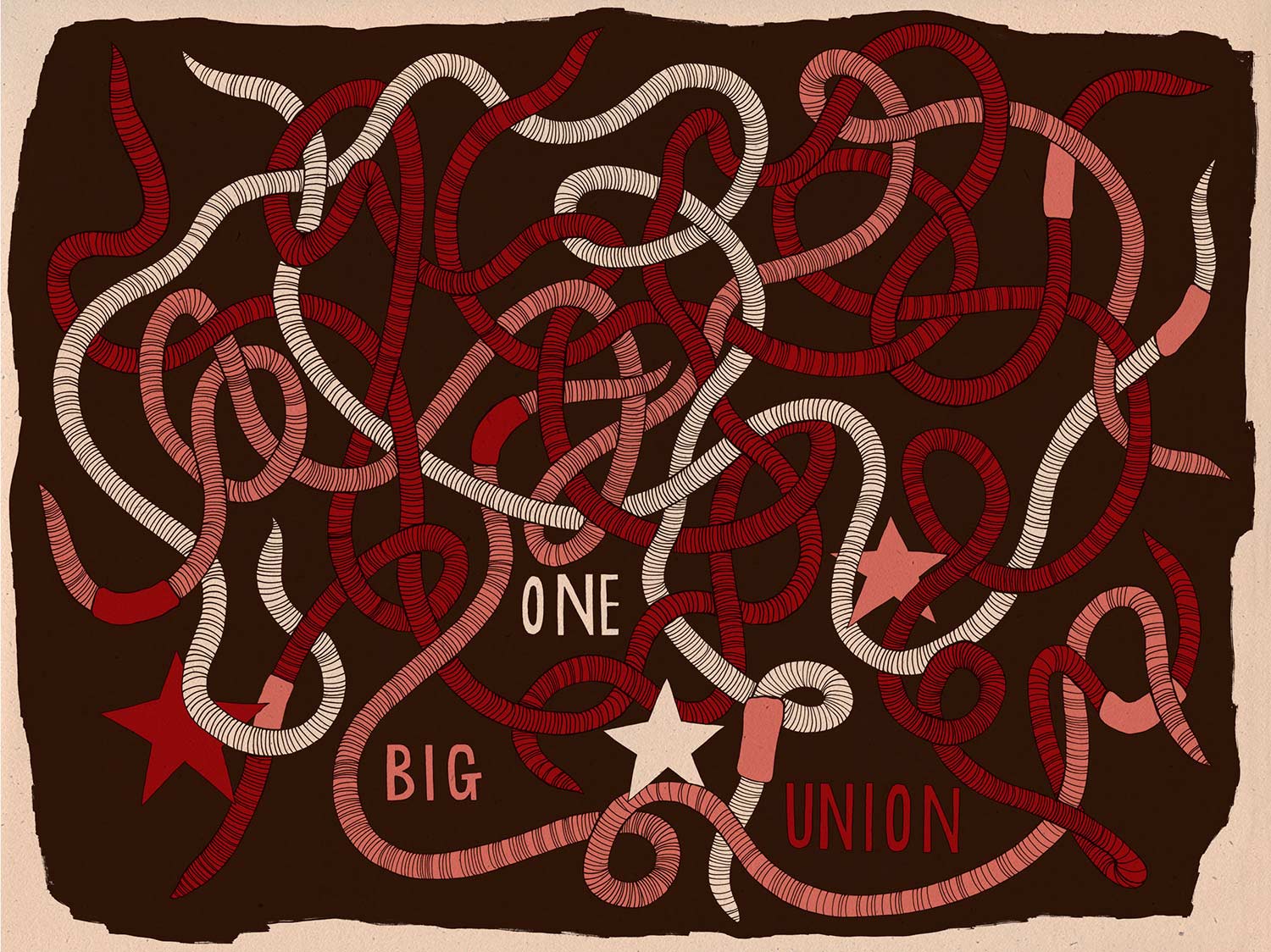
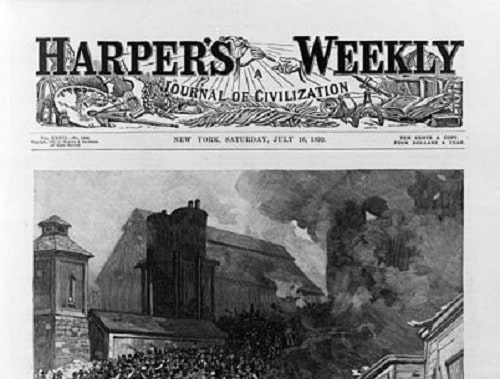
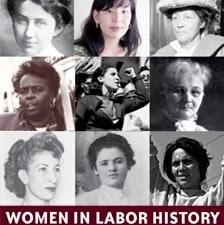
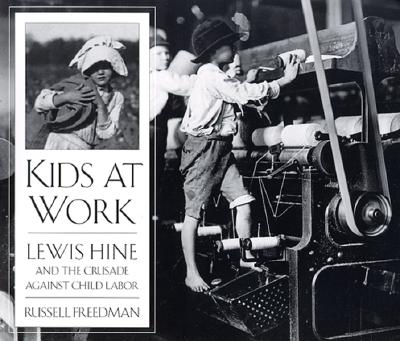

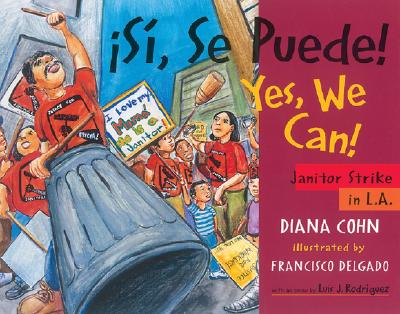







Twitter
Google plus
LinkedIn